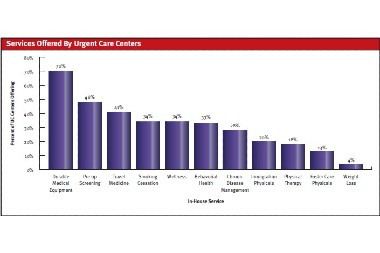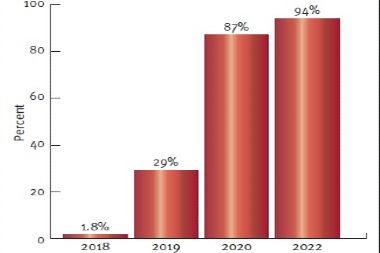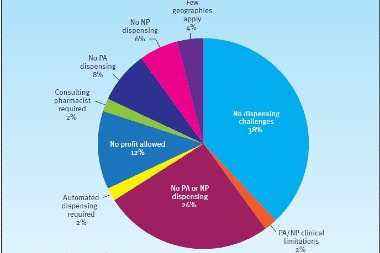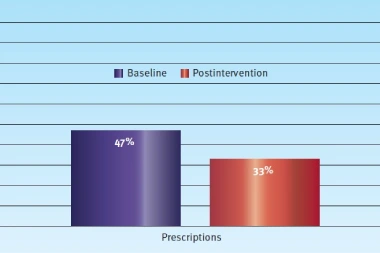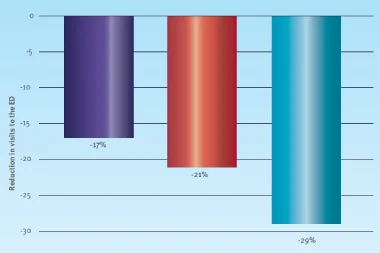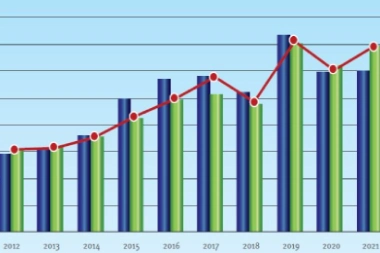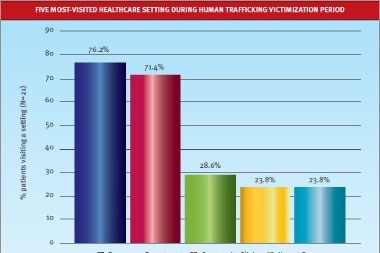Same-day ambulatory healthcare services are the hallmark of urgent care (UC). Because UC clinicians care for a wide range of conditions and injuries, they need to be proficient in a broad scope of immediate intervention services. In its latest white paper, the Urgent Care Association (UCA) noted that more organizations are moving to a staffing model with nurse practitioners (NPs) and physician assistants (PAs) serving as the primary providers on-site, rather than physicians. This model grew …
Read More